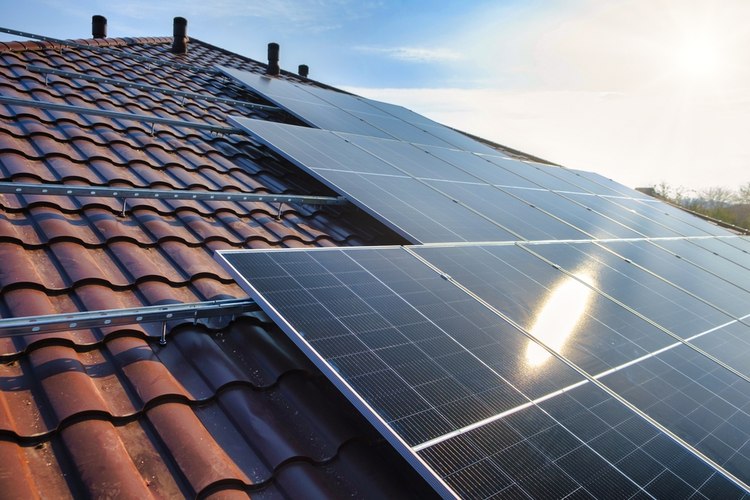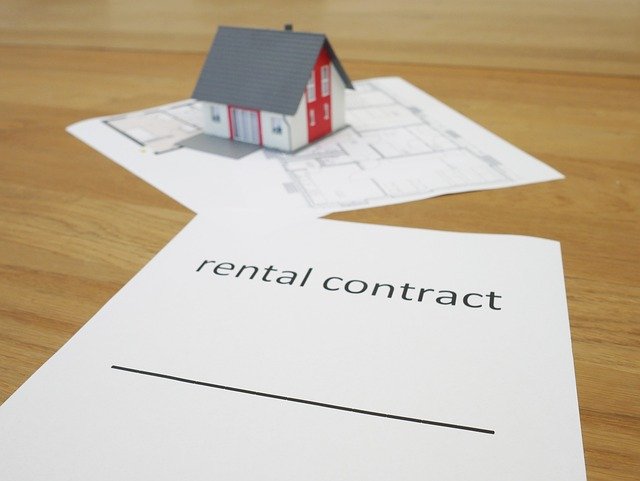The Dawn of Solar Power: Why Solar Roof Panels Are a Smart Investment
The dawn of solar power as a viable alternative to traditional energy resources is upon us. With solar roof panels, households worldwide are taking strides into a future of sustainable, cost-effective energy. Let's demystify this technology and delve into why solar roof panels are a smart investment.

How do solar roof panels generate power and reduce dependence?
Solar roof panels, also known as photovoltaic (PV) panels, convert sunlight into electricity through a process called the photovoltaic effect. When sunlight hits the solar cells within the panels, it excites electrons, creating an electric current. This direct current (DC) is then converted to alternating current (AC) by an inverter, making it usable for household appliances and electronics.
By generating their own electricity, homeowners can significantly reduce their dependence on the traditional power grid. During peak sunlight hours, solar panels often produce more electricity than a household needs, allowing excess energy to be fed back into the grid or stored in batteries for later use. This self-sufficiency not only lowers electricity bills but also provides a buffer against power outages and rising energy costs.
What are some tips to maximize savings with solar roof panels?
To get the most out of your solar roof investment, consider these strategies:
-
Optimize panel placement: Ensure panels face the sun’s path and are unobstructed by shade.
-
Use energy-efficient appliances: Reduce overall energy consumption to maximize the impact of solar power.
-
Install a solar battery: Store excess energy for use during non-sunny periods or at night.
-
Take advantage of net metering: Sell excess electricity back to the grid for credits on your utility bill.
-
Schedule high-energy activities during peak sunlight hours: Run dishwashers, washing machines, and other energy-intensive appliances when solar production is highest.
By implementing these tips, homeowners can significantly increase their energy savings and accelerate the return on their solar investment.
How do solar roof panels contribute to durability and long-term savings?
Solar roof panels are designed for longevity and durability, often lasting 25-30 years or more. Unlike traditional roofing materials that may need replacement every 15-20 years, solar panels can protect and extend the life of the underlying roof structure. This dual functionality as both an energy generator and a protective roofing element contributes to long-term savings.
The durability of solar panels also means consistent energy production over decades, providing predictable savings on electricity costs. As utility rates continue to rise, the value of self-generated solar power increases, amplifying long-term financial benefits. Additionally, many solar panel manufacturers offer warranties that guarantee a certain level of energy production over time, ensuring homeowners can rely on their investment for years to come.
What are some effective tips to extend the life of solar panels?
To maximize the lifespan and efficiency of your solar roof panels:
-
Regular cleaning: Gently remove dust, leaves, and debris to maintain optimal sunlight absorption.
-
Professional inspections: Schedule annual check-ups to identify and address any issues early.
-
Trim nearby trees: Prevent shading and falling branches that could damage panels.
-
Monitor system performance: Use provided software to track output and detect potential problems quickly.
-
Protect against pests: Install critter guards to prevent animals from nesting under panels.
By following these maintenance tips, homeowners can ensure their solar panels continue to perform efficiently for decades, maximizing their return on investment.
How can homeowners lower solar roof installation costs?
While solar roof panels offer significant long-term savings, the initial installation costs can be substantial. Here are some strategies to reduce these upfront expenses:
-
Research and compare quotes from multiple certified installers to find competitive pricing.
-
Look into local, state, and federal tax incentives or rebates for solar installations.
-
Consider community solar programs or group purchases to benefit from bulk pricing.
-
Explore solar leasing or power purchase agreements (PPAs) for lower initial costs.
-
Time your installation during off-peak seasons when demand and prices may be lower.
It’s important to note that while these strategies can help reduce costs, the quality of installation should not be compromised, as it directly affects the system’s performance and longevity.
What are the real-world costs and options for solar roof installations?
When considering a solar roof installation, it’s crucial to understand the potential costs and available options. While prices can vary significantly based on location, roof size, and energy needs, here’s a general overview of what homeowners might expect:
| System Size | Estimated Cost Range | Typical Annual Energy Production |
|---|---|---|
| 3 kW | $8,000 - $12,000 | 3,600 - 4,800 kWh |
| 5 kW | $13,000 - $17,000 | 6,000 - 8,000 kWh |
| 10 kW | $25,000 - $35,000 | 12,000 - 16,000 kWh |
Prices, rates, or cost estimates mentioned in this article are based on the latest available information but may change over time. Independent research is advised before making financial decisions.
These estimates include the cost of panels, inverters, mounting equipment, and installation. However, prices can be offset by various incentives. For example, the federal solar Investment Tax Credit (ITC) allows homeowners to deduct 30% of the cost of installing a solar energy system from their federal taxes.
It’s also worth noting that many solar installers offer financing options, such as solar loans or leases, which can make the initial investment more manageable. Over time, the energy savings from solar panels often outweigh the installation costs, making them a financially sound decision for many homeowners.
In conclusion, solar roof panels represent a significant step towards sustainable, cost-effective home energy solutions. By generating clean power, reducing grid dependence, and offering long-term savings, they provide both environmental and economic benefits. While the initial investment may seem substantial, the combination of durability, energy savings, and available incentives makes solar roof panels an increasingly attractive option for homeowners looking to invest in their property and the planet’s future.




